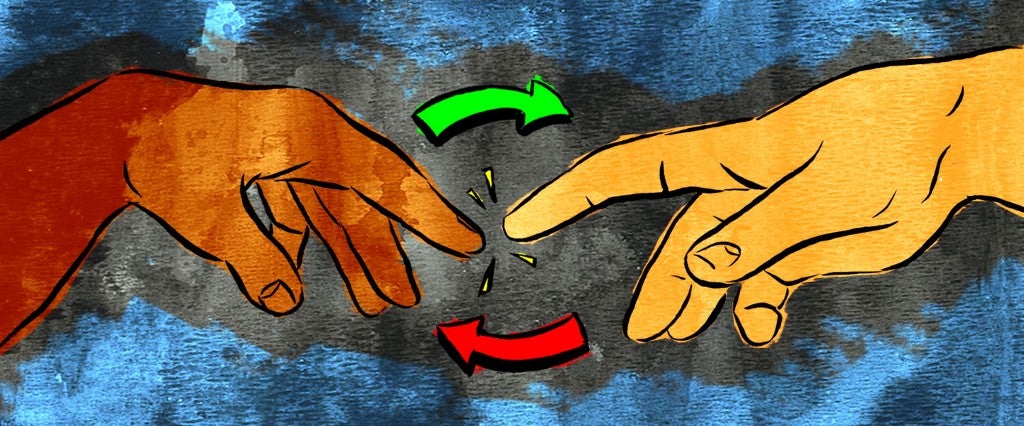You want to help the world, but you can barely help yourself pay rent. It’s okay: There are several ways to be a do-gooder even if you’re strapped for cash.
First, and most obvious, you can volunteer your time instead of your money. It’s easy to write a check, but some charities need physical help. You can sign up to clean up part of your community, become a Big Brother or Big Sister, or join any number of organizations in your area that will help the world. Sites like VolunteerMatch and Idealist can help you find the best opportunities that fit your preferences, from human rights to education, where you live.
But if you’re looking to start yourself off on a life of financial giving, there are baby steps you can take. Small-scale philanthropy can make a large impact if you plan well. The first thing you need to do is determine which cause should be the focus of your giving. There are two options for impact: You can focus all your money into one bucket, or spread out small amounts in various buckets. Both can make a difference; it’s really just up to your personal preferences.
If you go the various buckets route, you get to say yes a lot. Doling out $5 to $25 donations to every charity that strikes your fancy can make you feel great. There are charities that relate to every interest: Some support the arts, some help animal welfare at home and abroad and some support environmental causes, just to name a few. If you’re looking for a comprehensive, searchable list of options, Charity Navigator lumps organizations into easy-to-understand genres to help you find the best way to help. When your friend emails to tell you about their charity walk to save the bat population, sponsor a mile. Support a local school event, donate to a national organization—the more the merrier, as long as you stay at minimum donations. The key is to craft a monthly or yearly budget to make sure you don’t let your small-scale giving put you in the red.
Another approach you can take is to invest in micro-lending programs. These programs take small amounts of money supplied by donors to help low-income people fund various projects. Theoretically this money is a loan to be repaid, rather than an outright gift. When the money comes back to you, you can use it to fund a new project. Kiva is the biggest in the game, positioning itself as access to banking for entrepreneurs who don’t have access to banking. There’s some debate around how the system is set up and how directly the money helps individuals, however, so if you’re wary of a direct handout model and would prefer to fund greater social programs to help solve problems, microfinancing isn’t for you.
The other option is to put all your eggs in one charity basket. There’s a power in bigger donations, even if that means you have to play favorites. Instead of feeling like you have a small hand in a lot of charity, you get to feel like you’ve done something more significant for one. If you plan to go this way, once you’ve settled on your preferred charity there’s often a great way to ease yourself into giving: attending a charity dinner.
Charity dinners are the most easily justifiable sort of charity giving for your wallet because you get something out of it beyond feeling good. You get to attend a swanky dinner, drink to your heart’s content, and maybe see a celebrity or two. This is how I started my relationship with my personal charity of choice, The Trevor Project, which funds suicide prevention services for LGBTQ youth. They also host a big party in L.A. each year with celebrity performers, and I started buying a ticket. After a few years of making it part of my social calendar, the gifts officer identified me as a loyal supporter; suddenly the head of the organization was stopping by my table to thank me and I was getting invites to garden parties and personal emails from staff members. From there, I joined the group’s annual giving circle at the basic level, setting up automatic payments the same way I do for my car loan. Now, giving to charity is just part of my standard monthly budget, and I know my yearly gift is large enough to help me offset taxes and start me down a road to giving more as my income grows.
However you choose to give, big or small, can help the world around you for the better. And when someone asks you if you have time to save the children or want to add a dollar on to your total at the checkout counter, you can shrug them off guilt-free, knowing you’re already doing your part.
Rae Votta covers the world of digital entertainment for The Daily Dot and writes the newsletter ReadySetGrowup for financial tips. She last wrote about surviving wedding season with your wallet intact for MEL.
